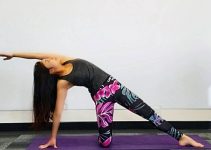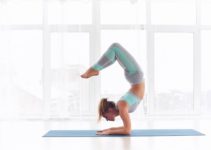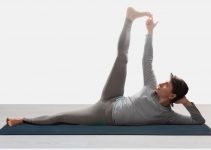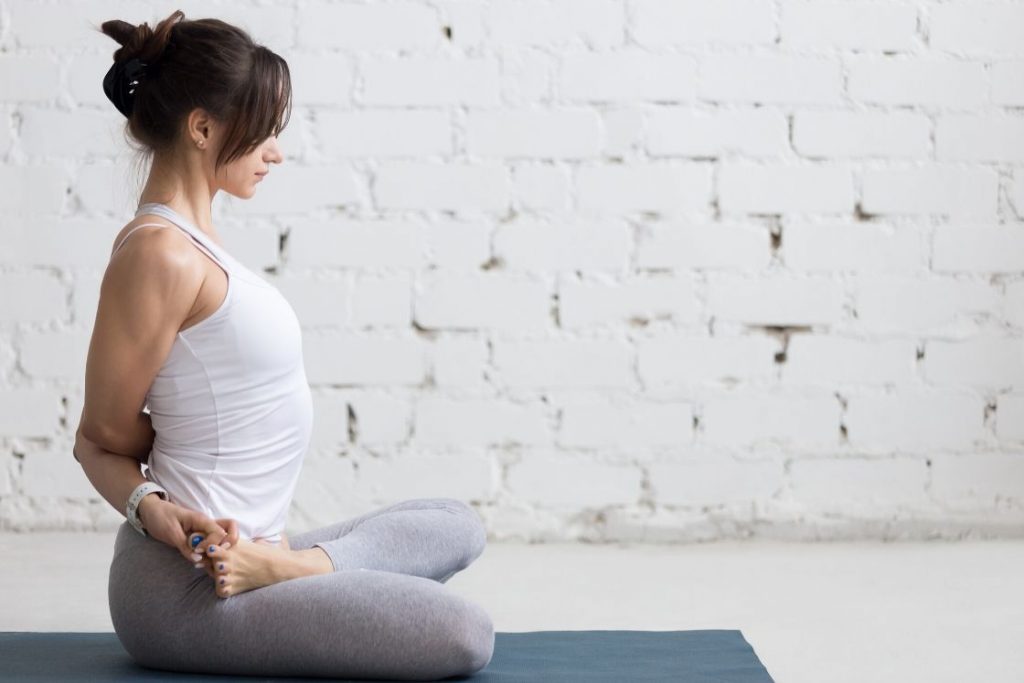
| Sanskrit | Baddha Padmasana |
| Pronunciation | BAH-dah Pa-dah-maa-sun-aa |
| Common | Locked Lotus Pose, Bound Lotus Pose |
| Type | Seated |
| Level | Advanced |
| Stretches | Shoulders, Wrists, Back, Elbows, Hips, Knees, Ankles, Thighs |
| Strengthens | Back, Chest, Spine, Arms, Legs, Lower Back |
Baddha Padmasana is an advanced version of the Padmasana (Lotus Pose). Being a seated posture, this asana serves as a focal point for the deeper meditation practices.
In order to ace mind over the body, one should learn to resist the painful stimulus, and It’s the one of major teaching of this pose. However, Baddha Padmasana offers steadiness from a firm locked foundation to reach into the stable realms of spiritual meditative practices.
Meaning
Baddha Padmasana is a Sanskrit term, where ‘Baddha‘ means ‘bound’ or ‘locked’, ‘Padma‘ means ‘lotus’ and ‘asana‘ means ‘pose’. This pose is also called locked padmasana as in this pose, both feet in Padmasana hold from cross hands.
Lock in this asana acts as a cover or shield that obstructs our awareness from getting distributed. Therefore, A practitioner’s energy is diverted inside, which invigors the perception to realize self fully.
Baddha Padmasana is mentioned in the Gheranda Samhita.
Baddha padmasana is a variation of padmasana or Lotus Pose, which is the contemporary name for the simple lotus pose (Hatha Yoga Pradipika).
However, This asana has also been described in the ancient yogic texts like Yajnavalakya and Thirumanthiram.
Baddha Padmasana Practice Guide
Following steps can be opt to practice Baddha Padmasana safely.
Precautions and Contraindications
- Practitioners with a knee injury or surgery in the past few months should avoid practice this asana. This asana asks to bend knees, which could disfigure the condition.
- Pregnant women and menstruating women should refrain from the pose because of the advancement that lays stress on the abdomen.
- The sensitive sciatic nerve might get worsen on practicing Baddha padmasana. People with injury and surgery of lower back, shoulder, and spine should abstain from doing this pose.
Preparatory Pose
- Lotus Pose (Padmasana)
- Easy Pose (Sukhasana)
- Cow Face Pose (Gomukhasana)
Baddha Padmasana Steps
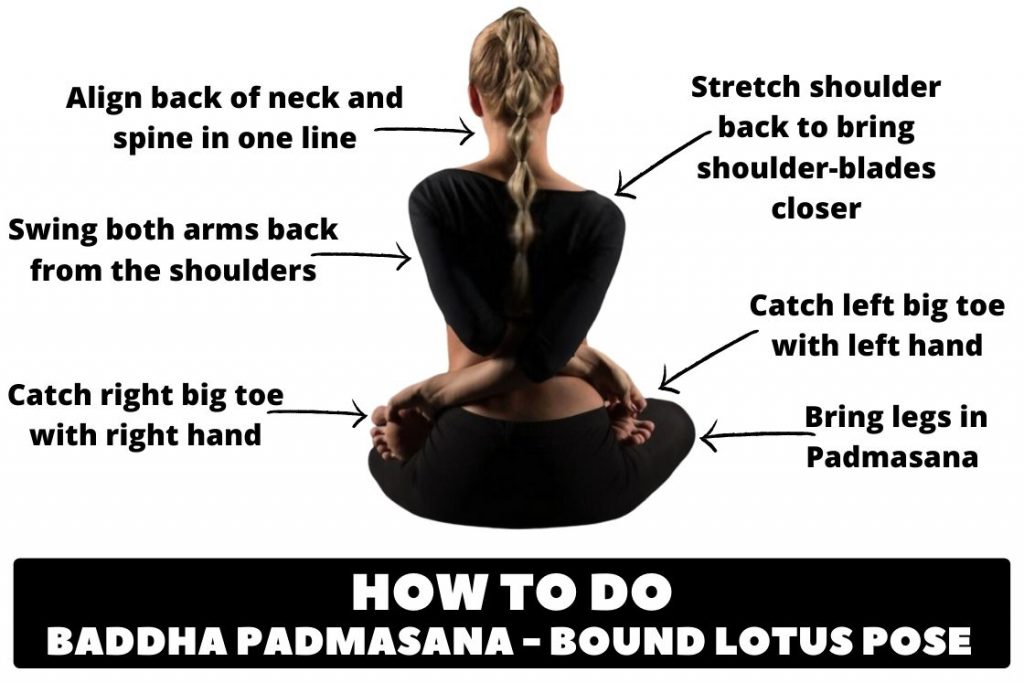
- Begin by simply sitting on a mat. Bring your left foot over the right thigh and right over left. This is a simple padmasana.
- Exhale, swing your right arm behind the back, bring it near to the left hip, and catch the right big toe. Hold the position and inhale.
- Similarly, with an exhalation, swing your left arm back from shoulders and go closer to the right hip with your hand. Catch the left big toe and inhale.
- Align your back and head. Eyes can be closed or remain partially open to gaze at the nose tip (Nasikagra Drishti).
- Now, breathe normally and maintain the posture.
Release
The practitioner can practice Baddha Padmasana for 20 to 30 seconds initially. However, those who have mastered simple lotus pose can increase the time period.
One can practice this asana in the early morning before breakfast and in the evening after 3 to 4 hours of a meal.
Beginners Tips
- For beginners, it would be slightly difficult to grab the big toes from behind the back due to a rigid shoulder. So, broaden your chest and shoulders to bring shoulder-blades closer to each other. It will help you reach big toes.
- In the case of tight knee joint and inner thigh, one should loosen up those body parts by practicing the simple lotus pose.
Props and Modifications
- In Baddha Padmasana, having difficulty in reaching the big toes can be overcome by the use of a strap or a piece of cloth. Two sections of it bind to the big toe, then grab by behind the back and so one can reach as close as possible.
- If unable to bring foot over the alternate thigh then one should free up ankle joint by practicing ankle rotation.
- Mastery in simple Padmasana gives an extra edge to the practitioner in this asana practice.
Follow Up Poses
- Corpse Pose (Savasana)
- Seated Forward Bend (Paschimottanasana)
- Cobra Pose (Bhujangasana)
Variations
From Baddha Padmasana, one can challenge themselves to go deeper with these variations below.
Variation 1
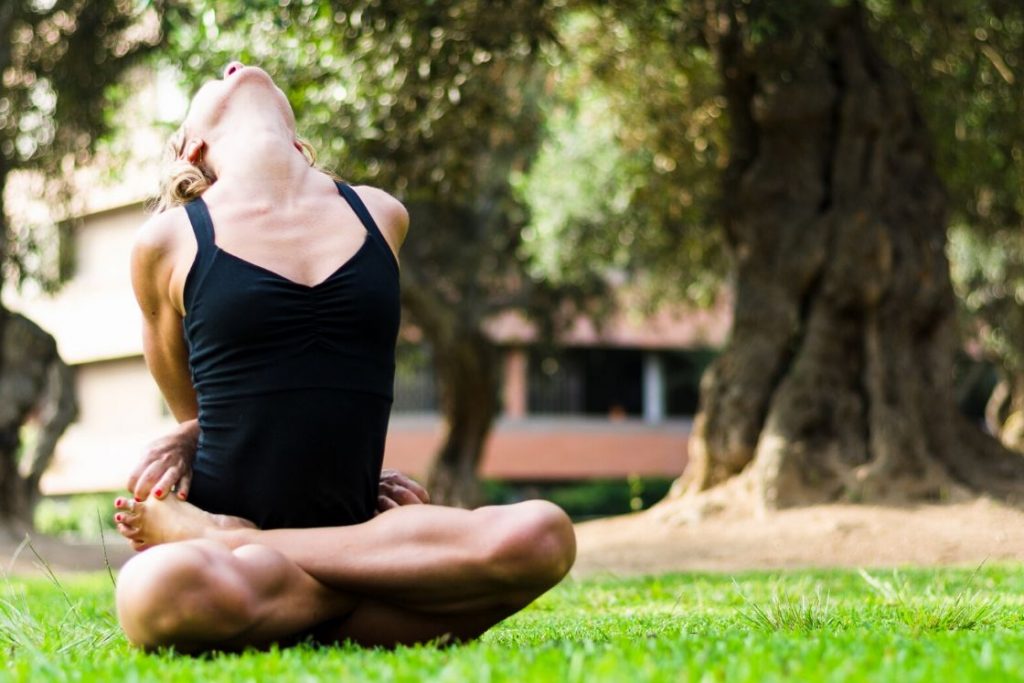
While Sitting in Baddha Padmasana, take your head back, chin away from the chest, and stretch the front of your neck muscle. Maintain this position of the neck and do deep breathing. After a few deep breaths, come in basic baddha padmasana.
Variation 2
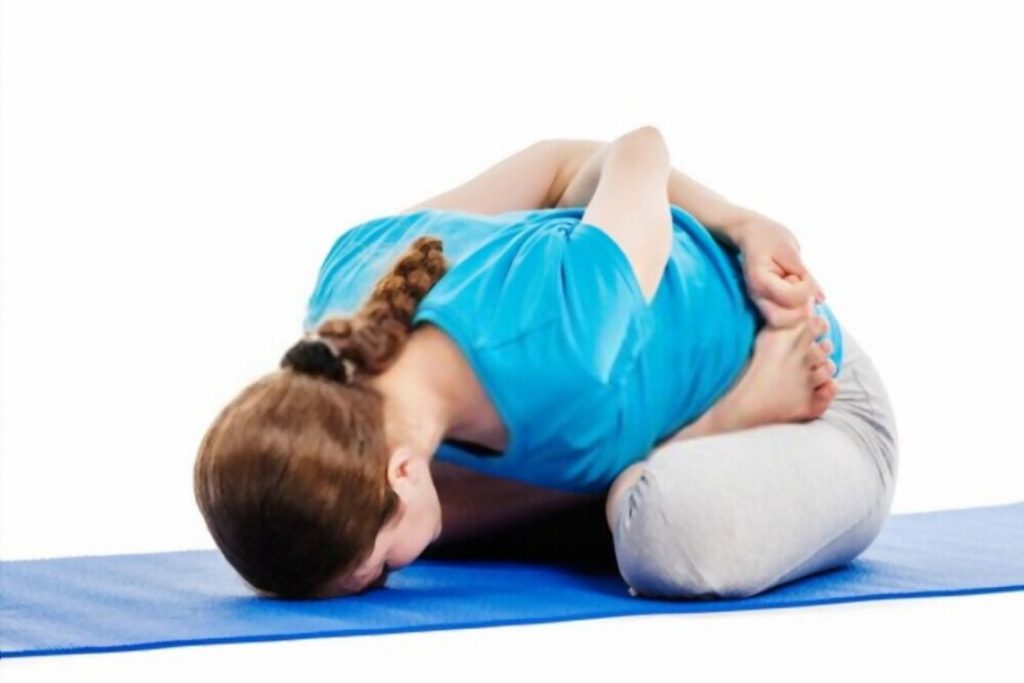
In this variation, from basic baddha padmasana, exhale and lean forward from hips. Bend your trunk forward and rest the head on the floor.
Bending the head forward in Baddha Padmasana and touching it on the floor is called Yoga Mudrasana. It’s considered a powerful practice to awaken Kundalini.
Baddha Padmasana Benefits
- Practicing this asana stretches most of the muscles of the body. This liberates the tension from the muscles and provides relaxation. Therefore, reduces stress and anxiety [efn_note] Effects of Yogic Practices on Different Organs of an Athlete http://citeseerx.ist.psu.edu/viewdoc/download?doi=10.1.1.681.4563&rep=rep1&type=pdf [/efn_note] and brings a positive attitude, and equanimity in the practitioner.
- Practicing Baddha Padmasana along with other practices has a significant effect over old as well as the young generation. According to a study [efn_note] Perceived benefits of yoga among students http://innpharmacotherapy.com/ [/efn_note], Baddha Padmasana is an efficient and healthy practice that results in physical, psychological, and emotional well being in the students.
- Regular practice of Baddha Padmasana train three types of connective tissue: tendons, ligaments, and muscle fascia concerning flexibility. This results in ensuring the ability of muscles and joints to move through their complete range. Hence, makes one flexible.
- The second variation of Baddha Padmasana intensifies peristaltic activity and push down collected waste in the colon. Therefore, relieves constipation and increases digestive power.
- It makes the spine stronger and stable, which adds an extra star to this posture. Moreover, this asana creates and coordination between the brain & the spinal cord and enhanced their functioning.
- Regular practice of this asana along with appropriate breathing practices stimulates the Anahata chakra or heart chakra. This the life of an individual with love, kindness, empathy, and peace.
- Baddha Padmasana rushes the blood towards the groin, which overcomes various sexual disorders. However, it also helps in strengthening the reproductive system.
